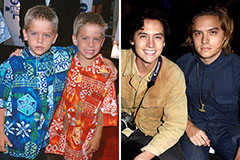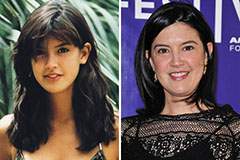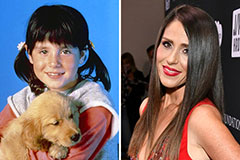The field of audiology, devoted to the research study and treatment of hearing loss and balance conditions, has undergone a significant improvement over the centuries. From its inception as a fundamental questions into the nature of sound and hearing to today's sophisticated, technology-driven discipline, audiology has constantly developed. This post traces the historical milestones and essential discoveries that have actually formed the modern practices of hearing care.
The Foundations of Audiology
Audiology's roots can be traced back to ancient times when civilizations like the Egyptians and Greeks first began to acknowledge and record hearing impairments. Nevertheless, it wasn't until the 19th century that the study of hearing took on a more clinical technique. The invention of the ear trumpet in the late 18th century, a basic device developed to magnify noise for the hard of hearing, marked one of the earliest attempts to deal with hearing loss.The Birth of Current Audiology
Following World War II, audiology experienced a considerable juncture when various veterans returned with hearing loss due to direct exposure to loud noises throughout the war This caused a pushing need for better treatments and services, prompting the formalization of audiology as a profession. Initially focusing on fundamental tests to assess hearing loss, audiologists then progressed to advanced techniques for examining hearing abilities.Technological Improvements and Essential Learnings
A significant development in the field of audiology accompanied the development of the electronic hearing aid in the 20th century. At first, these gadgets were troublesome and had actually restricted abilities, however the intro of digital innovation in the latter part of the century changed the style of listening devices, leading to smaller sized, more powerful, and higher-fidelity gadgets that might provide a more accurate sound experience.The intro of cochlear implants in the 1970s represented another significant leap forward. These complicated electronic gadgets might straight promote the auditory nerve, offering a sense of sound to individuals with profound deafness who could not take advantage of traditional hearing aids.
In recent decades, audiological research has also expanded beyond the mechanics of hearing loss to consist of the psychosocial elements, comprehending how hearing impairment impacts interaction, cognition, and lifestyle. This holistic view of hearing health has actually resulted in a more detailed method to treatment, incorporating technical services with therapy and aural rehabilitation.
The Digital Period and More
Today, audiology bases on the cusp of the digital age, with developments in artificial intelligence (AI), telehealth, and personalized medicine shaping the future of hearing care. Modern listening devices and cochlear implants come geared up with AI algorithms that can adjust to the listener's environment, offering an unmatched level of clarity and customization. Tele-audiology services, facilitated by web connection, have actually made hearing care more accessible, allowing for remote assessments, fittings, and consultations.Tuning In To The Future
The evolution of audiology is a testimony to the resourcefulness and perseverance of scientists, clinicians, and patients alike. As we aim to the future, the field is poised to continue its trajectory of development, breaking new ground in our understanding and treatment of hearing and balance disorders. With continuous improvements in innovation and a deeper appreciation of the human experience of hearing loss, audiology will unquestionably boost its ability to improve lives around the world.The journey of audiology, from the ear trumpet to AI-powered listening devices, highlights the amazing progress mankind has actually made in its quest to overcome the obstacles of hearing loss. It's a story of constant knowing, adjustment, and development, reflecting our sustaining dedication to unlocking the secrets of noise and communication.
 Dylan and Cole Sprouse Then & Now!
Dylan and Cole Sprouse Then & Now! Sam Woods Then & Now!
Sam Woods Then & Now! Phoebe Cates Then & Now!
Phoebe Cates Then & Now! Soleil Moon Frye Then & Now!
Soleil Moon Frye Then & Now! Daryl Hannah Then & Now!
Daryl Hannah Then & Now!